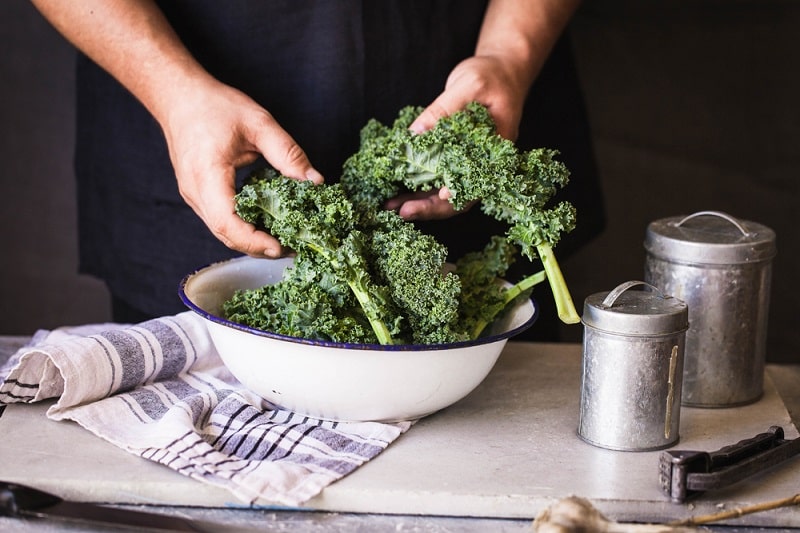
Kale has become more and more popular since people have begun learning about all the great health benefits that it has. In fact, it has become so popular that many people have started to grow it in their gardens.
However, there is sometimes a problem with kale that you may encounter occasionally. This problem is the large number of black spots that can appear on kale leaves.
We’ll be discussing more this today, including what causes these spots to form in the first place and whether or not the leaves are still safe to eat.
Why you Should Eat Kale
Kale is considered a superfood. It’s a leafy green cruciferous vegetable that’s a member of the cabbage family, along with things like broccoli, cauliflower, and Brussels sprouts. Kale is among the most nutrient-dense leafy greens available.
Kale is one of the most nutritious plant foods in existence! It has loads of healthy compounds and vital nutrients that we’re not going to get into in this article but trust us, you should eat the stuff. Every day! Even more good news is that kale is low in calories.
Some people struggle with how to add kale to their diets. Here are a few ideas:
- It works well in green smoothies.
- If finely shredded, it’s great in a wrap or salad too.
- Alternatively, steam it with potato and onion for a delicious hot vegetable dish.
- You can shred a few leaves and add them to your soup towards the end of the cooking time…
- A personal favorite is kale chips that you can make at home in your air fryer or oven.
The list of ways to use this amazing vegetable is practically endless. However, what if you buy or grow kale and find that it has black spots on it? Can you still use it?
Why there are Black Spots on Kale?
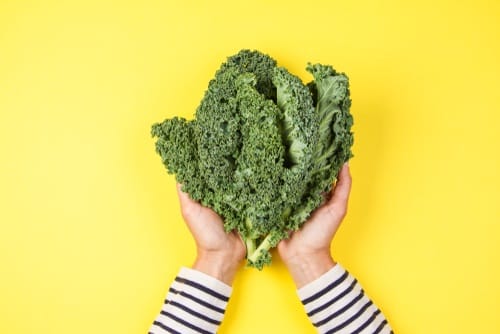
Small black spots on kale leaves are dead cells due to a fungal or bacterial infection in the leaves. Once an infection attacks the plant, it produces proteins and toxins that damage the kale plant’s immune system.
This infection slowly kills the kale’s cells in specific locations, causing it to develop a black color in those areas. These dead cells are the small black dots that you occasionally see on kale.
You’ll be happy to learn that these spots are harmless, though, no matter what some people might tell you about them. This is because the germs that infect the kale have evolved to attack plants, not humans.
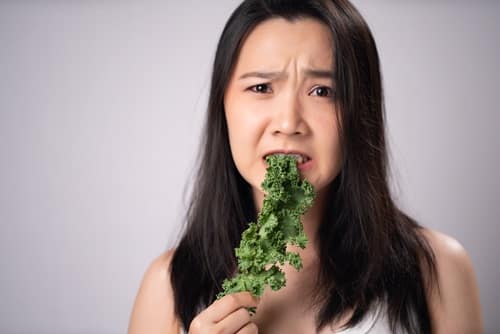
These spots are a result of a bacterial or fungal infection that is not contagious for humans. These infections do not have a minor negative effect on humans, which is why kale with black spots on it is definitely safe to eat.
However, this doesn’t mean that you should eat it. These black spots are dead cells of kale, which taste quite bad compared to the green parts. These might ruin the taste of whatever food you put the kale in, which is why it is recommended that you use kale that doesn’t have any black spots on it at all.
Alternatively, remove those parts of the leaves that are most severely affected and discard them. Do not throw them onto your compost heap but rather burn them if possible to destroy the infection and prevent it from getting into your garden.
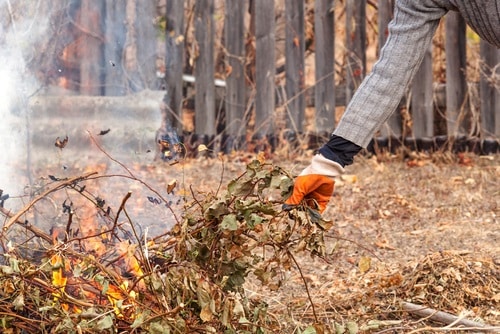
How You Can Prevent These Black Spots from Forming
If you grow your own kale, preventing these black spots from forming on your kale is certainly possible. The main thing that you can try is to ensure that the soil under the kale you’re growing is completely clean and weed-free at all times. This plays a huge role in ensuring that your kale isn’t subject to bacterial or fungal infections.
Ensuring that your vegetable garden has proper air circulation is also very important. This is possible by not crowding too many plants too close together and ensuring that the plants receive adequate sunlight. Kale should not be grown in the shade.
When watering your kale, try not to water it from overhead and thus wet the leaves. This can encourage the infection to proliferate. Instead, water from ground level so that only the soil gets wet.
These are the main ways to ensure that black spots don’t become a problem for people who grow their own kale.
If you purchase kale from the market or store, select only healthy-looking leaves and make sure not to buy too much at the same time. Otherwise, black spots may start to form while you are storing the leaves in the refrigerator.
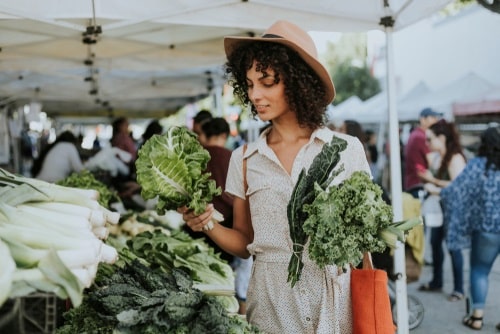
To Conclude
Please do not let the occasional black spot problem prevent you from eating this extremely nutritious leafy green. Until next time!